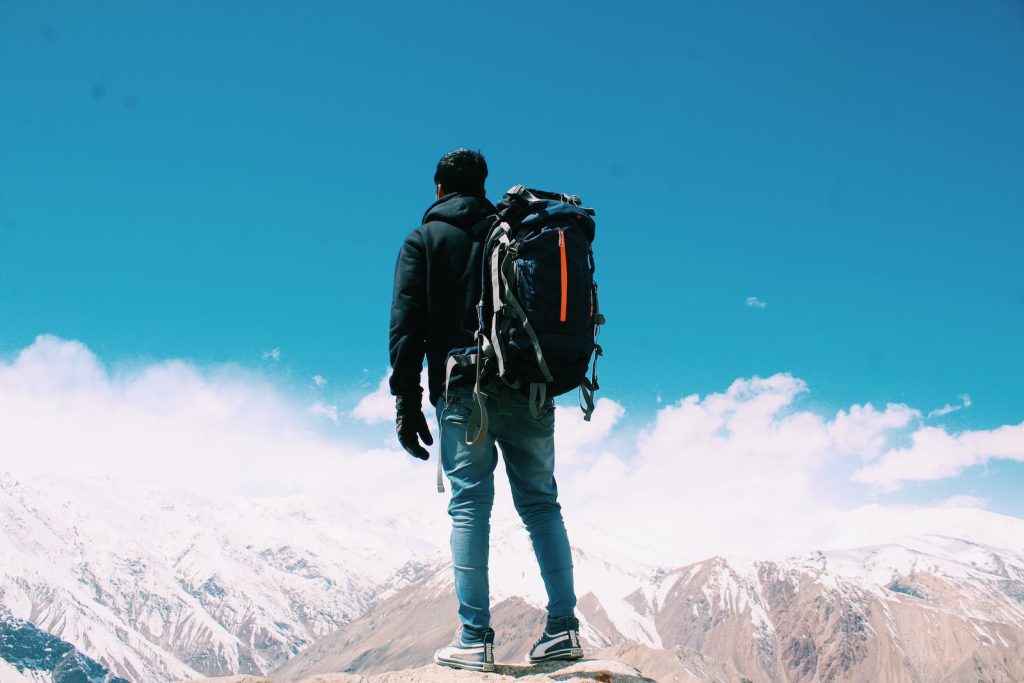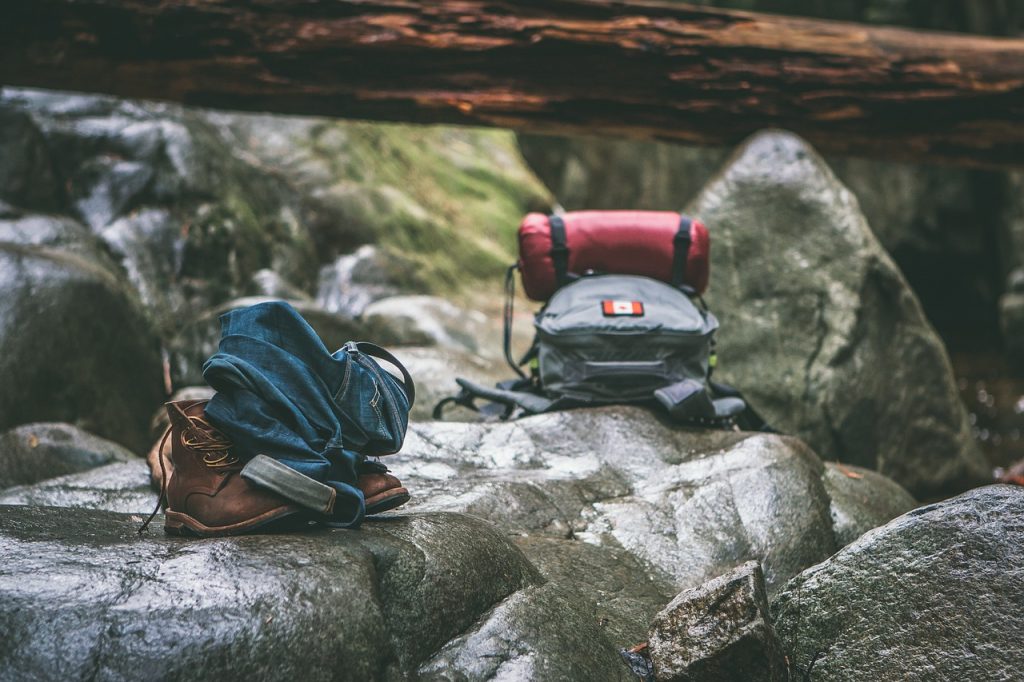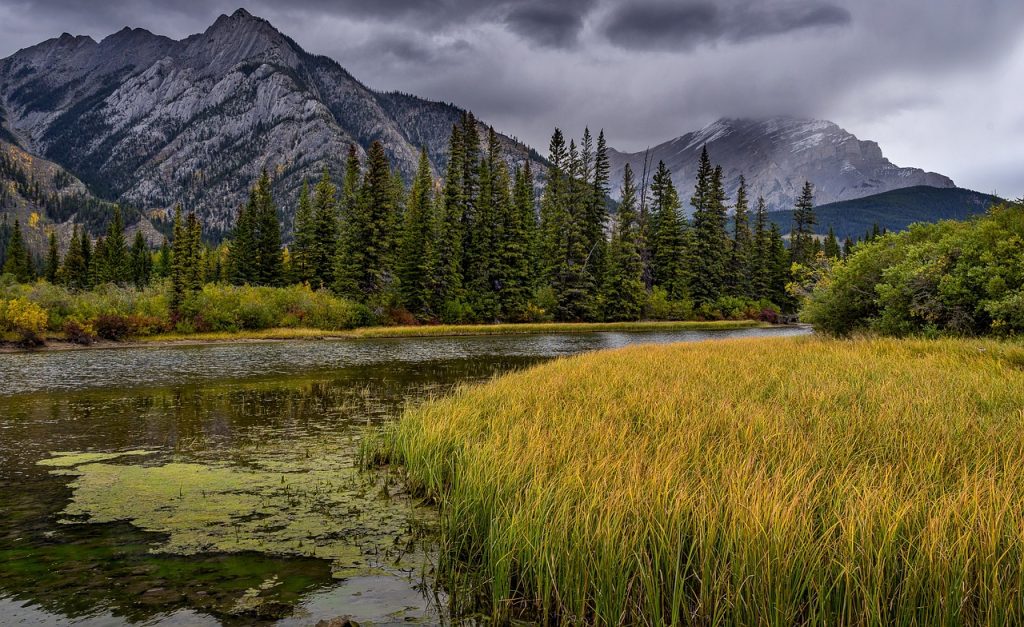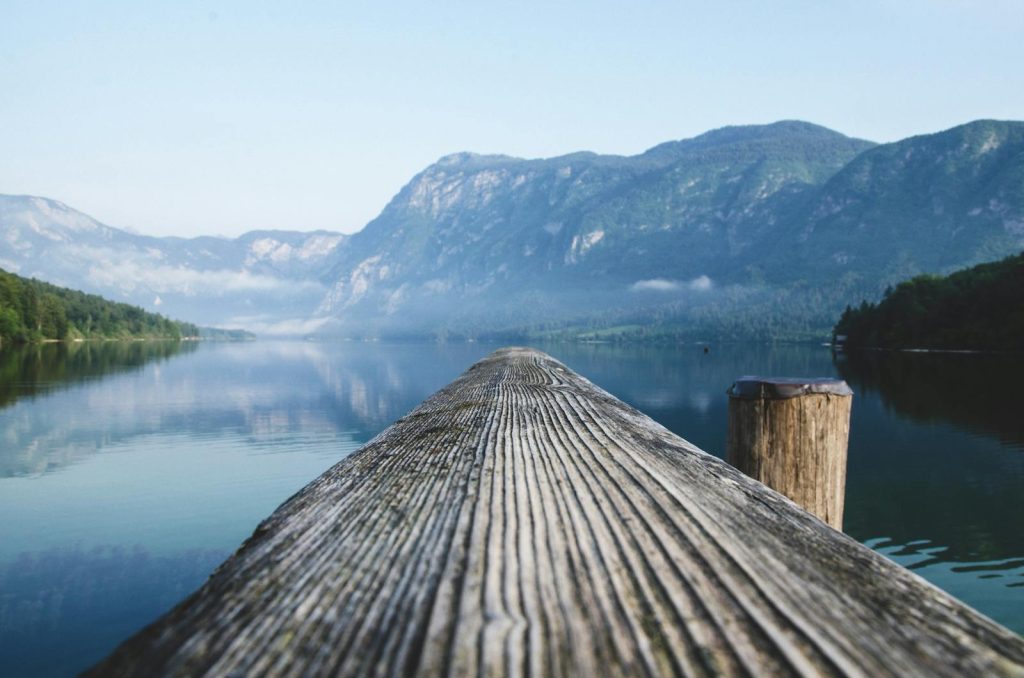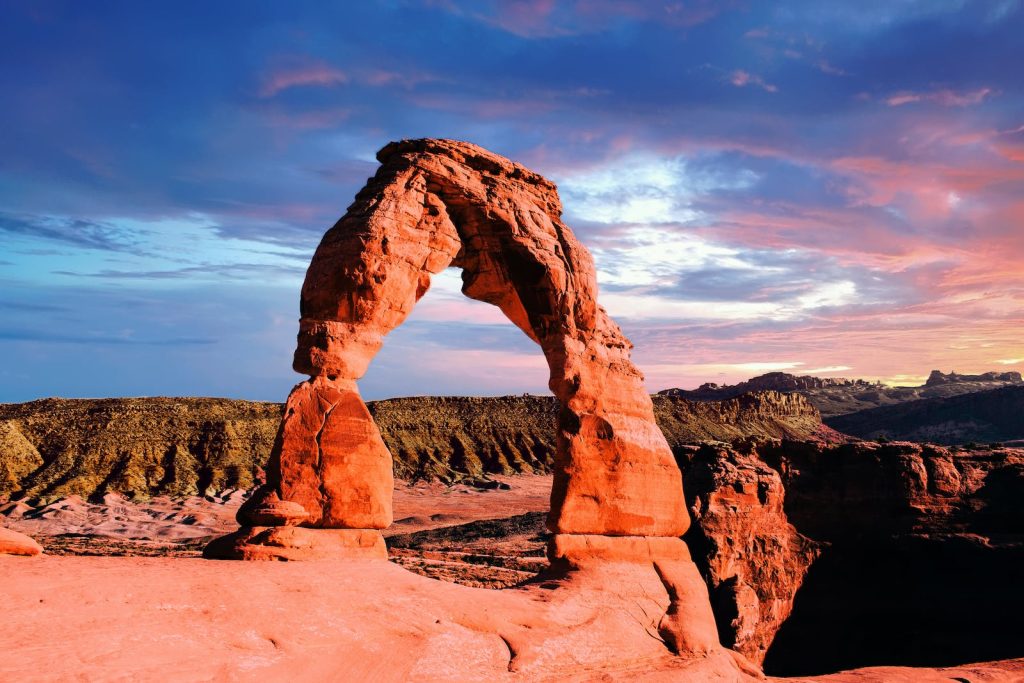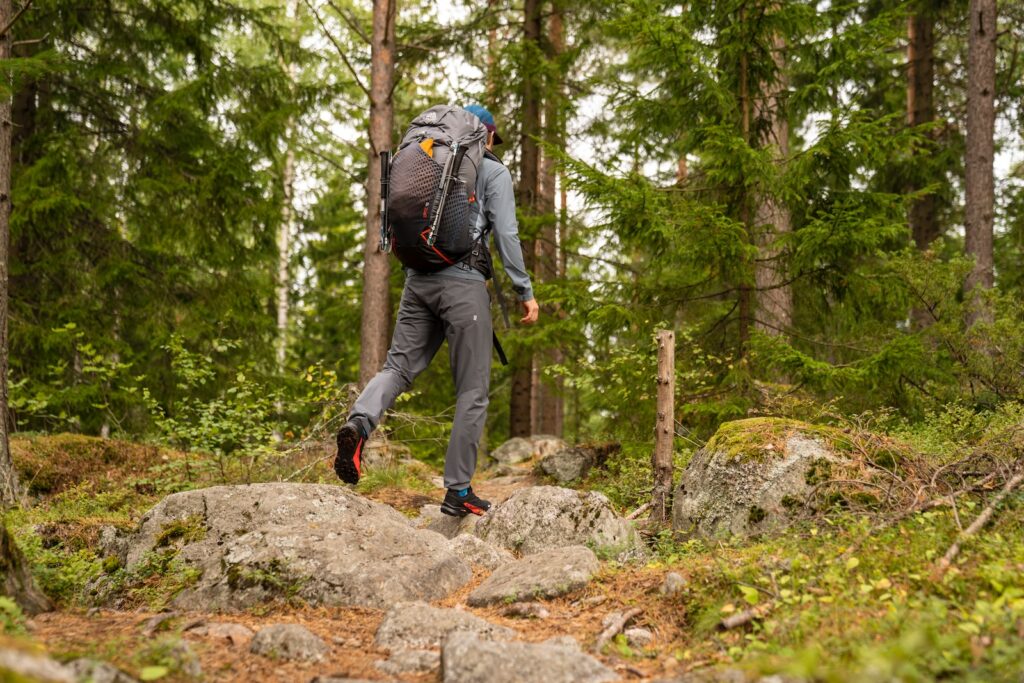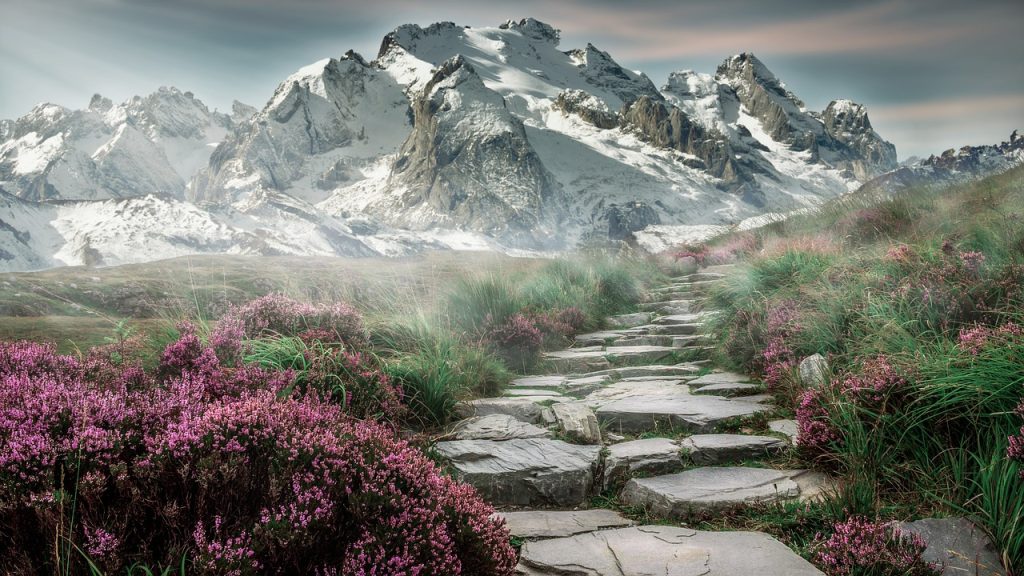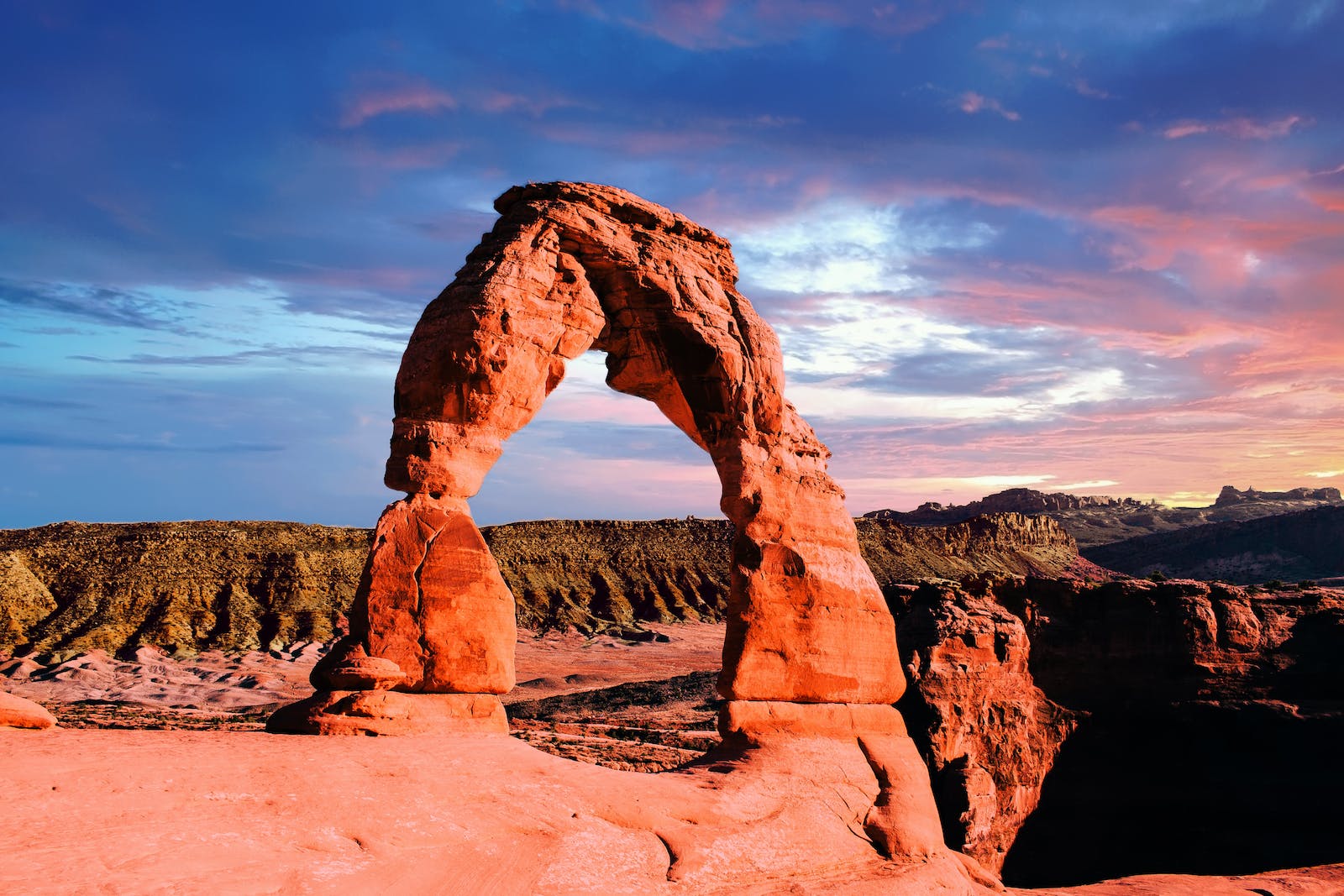

Exploring the Grandeur of the Grand Canyon: A Hiker’s Guide
When it comes to natural wonders, few can rival the breathtaking beauty and sheer grandeur of the Grand Canyon. Spanning over 277 miles in length, this iconic landmark in Arizona has captivated the hearts of adventurers, nature enthusiasts, and hikers from around the world. But why hike the Grand Canyon? The answer is simple – to experience its unparalleled beauty up close and personal.
Hiking the Grand Canyon offers a unique opportunity to immerse yourself in its awe-inspiring landscapes, from towering cliffs to deep gorges carved by the forces of nature over millions of years. The sheer magnitude of the canyon is best appreciated while trekking through its rugged trails, allowing you to witness its ever-changing colors, textures, and rock formations. Whether you’re a seasoned hiker or a novice explorer, the Grand Canyon has something to offer for everyone.
Essential Hiking Gear for the Grand Canyon
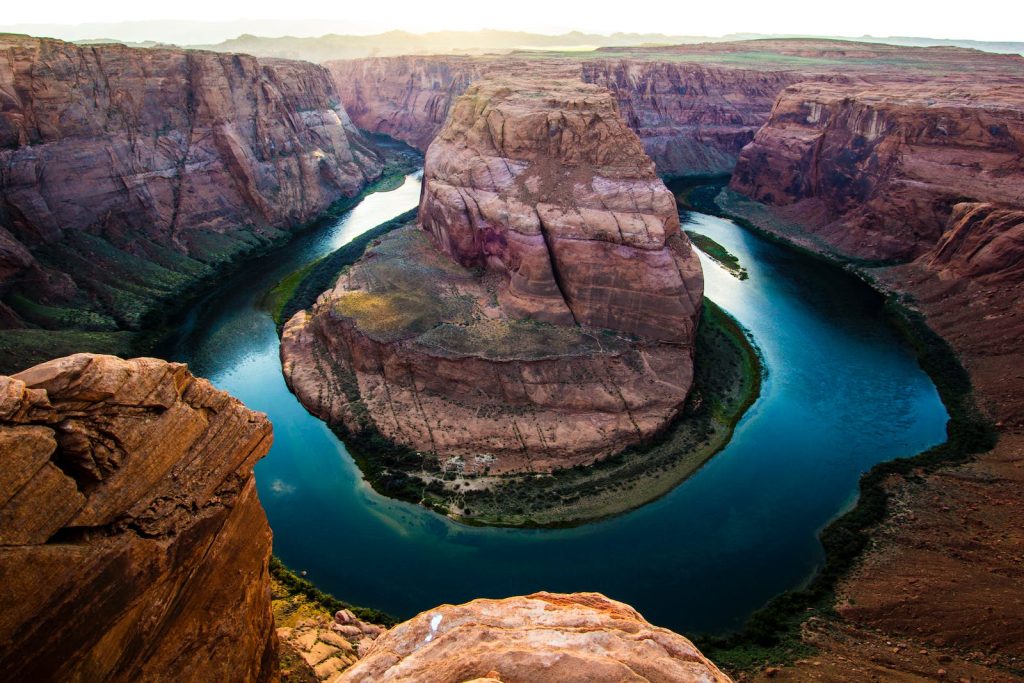
Before embarking on your Grand Canyon adventure, it’s crucial to ensure you have the right gear to keep you safe and comfortable throughout your hike. Here are some essential items you should pack:
Sturdy Hiking Boots: A pair of high-quality hiking boots with ankle support is essential for navigating the rugged terrain of the Grand Canyon. Make sure they are properly broken in before your trip to avoid blisters and discomfort.
Water and Hydration System: The arid climate of the Grand Canyon demands adequate hydration. Carry a sufficient amount of water and invest in a hydration system, such as a hydration bladder or water bottles, to keep yourself hydrated on the trail.
Sun Protection: The desert sun can be unforgiving. Protect yourself from harmful UV rays by wearing a wide-brimmed hat, sunglasses, and applying sunscreen with a high SPF. Don’t forget to reapply throughout the day.
Navigational Tools: The vastness of the Grand Canyon can be disorienting. Carry a detailed map, compass, or a GPS device to ensure you stay on the right path and avoid getting lost.
First Aid Kit: Accidents can happen even on well-maintained trails. Pack a basic first aid kit with essentials like band-aids, antiseptic ointment, pain relievers, and any necessary prescription medications.
Remember, the right gear can make all the difference in ensuring a safe and enjoyable hiking experience in the Grand Canyon.
Planning Your Grand Canyon Hike
Planning is key when it comes to hiking the Grand Canyon, as it helps you make the most of your adventure while keeping yourself safe. Here are some important factors to consider during the planning process:
Permits: Depending on the trail and time of year, you may need to obtain permits for your Grand Canyon hike. Research the specific requirements and make sure to secure your permits well in advance.
Fitness Level: The Grand Canyon offers a variety of trails, each with its own level of difficulty. Assess your fitness level honestly and choose a trail that matches your capabilities. Remember, it’s better to start with an easier trail and gradually progress to more challenging ones.
Trailhead Access: Consider the logistics of reaching your chosen trailhead. Some trails may require a shuttle bus or a long drive, so factor in travel time when planning your itinerary.
Trail Conditions and Closures: Check for any trail closures, weather conditions, or seasonal restrictions that may affect your hike. The National Park Service website provides up-to-date information on trail conditions and closures.
By thoroughly planning your Grand Canyon hike, you can optimize your experience and ensure a safe and enjoyable adventure.
Choosing the Right Trail for Your Skill Level
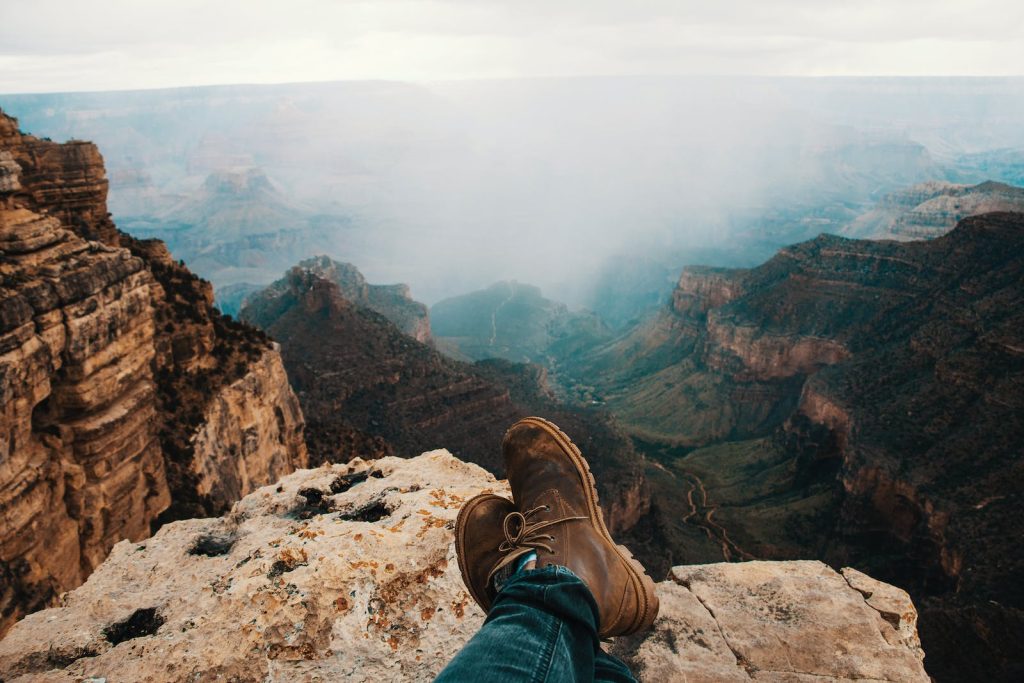
The Grand Canyon offers a wide range of trails, catering to hikers of all skill levels. Here are some popular trails to consider:
Bright Angel Trail: One of the most well-known and accessible trails, the Bright Angel Trail is a favorite among both novice and experienced hikers. This 12-mile round trip trail offers stunning views of the canyon and several rest areas with water and shade.
South Kaibab Trail: For a more challenging and scenic experience, the South Kaibab Trail is a great choice. This 14-mile round trip trail descends steeply into the canyon, providing breathtaking panoramic views along the way.
North Kaibab Trail: If you’re up for a multi-day adventure, the North Kaibab Trail is the way to go. This 28-mile round trip trail takes you to the canyon’s remote and less crowded North Rim, offering diverse landscapes and incredible solitude.
Remember to choose a trail that matches your skill level and allows you to comfortably complete your hike within your planned timeframe.
Safety Tips for Hiking in the Grand Canyon
Hiking in the Grand Canyon can be a challenging and potentially dangerous endeavor. Here are some essential safety tips to keep in mind:
Stay Hydrated: Dehydration is a real threat in the desert heat. Drink plenty of water and electrolyte-replenishing beverages to stay properly hydrated.
Know Your Limits: Be honest with yourself about your fitness level and abilities. Don’t push yourself beyond your limits and turn back if you feel exhausted or unwell.
Watch Your Step: The trails in the Grand Canyon can be uneven and rocky. Pay close attention to where you’re stepping to avoid tripping or twisting an ankle.
Stay on Marked Trails: Straying off marked trails can be dangerous and lead to accidents or getting lost. Stick to designated paths and follow any posted signs or warnings.
Inform Others: Let someone know about your hiking plans, including your intended trail and estimated return time. This way, if something goes wrong, help can be alerted.
By following these safety tips, you can minimize the risks and ensure a safe and enjoyable hiking experience in the Grand Canyon.
Best Time to Hike the Grand Canyon
The Grand Canyon experiences extreme temperature variations throughout the year, making the timing of your hike crucial. The best time to hike the Grand Canyon largely depends on your preferences and tolerance for heat or cold. Here are some considerations:
Spring and Fall: These shoulder seasons offer milder temperatures and fewer crowds. Springtime brings blooming wildflowers, while fall showcases vibrant autumn foliage.
Summer: Summer can be scorching in the Grand Canyon, with temperatures exceeding 100°F. If you choose to hike during this time, start early in the morning, carry plenty of water, and seek shade during the hottest hours.
Winter: Winter brings colder temperatures, occasional snowfall, and icy trails. While less crowded, hiking in winter requires extra caution, appropriate gear, and knowledge of winter hiking techniques.
Consider your comfort level with temperature extremes and plan your hike accordingly to make the most of your Grand Canyon experience.
Must-See Sights and Viewpoints Along the Trails
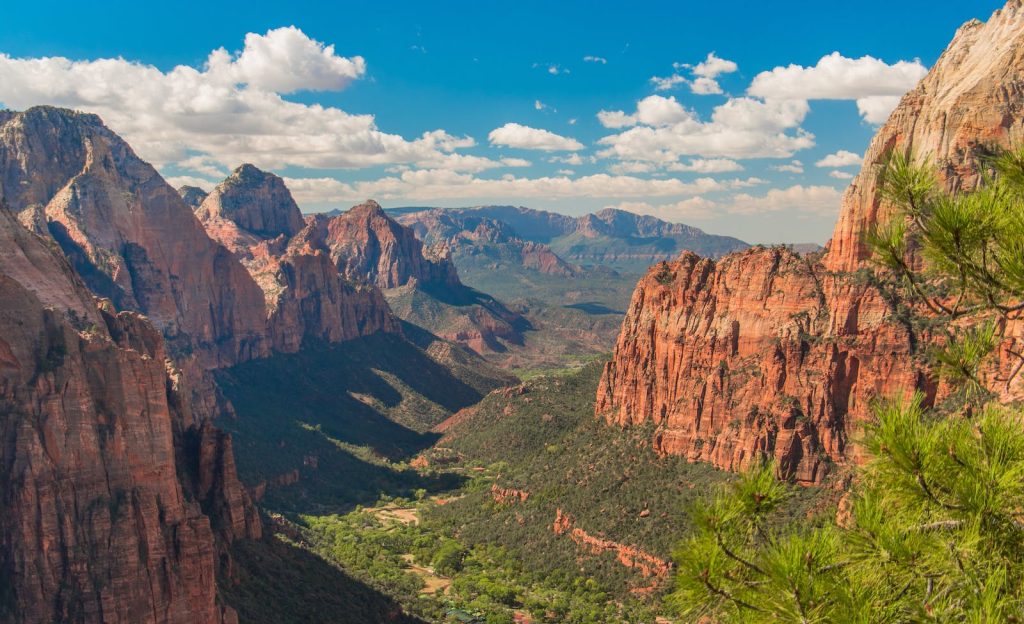
While the entirety of the Grand Canyon is a sight to behold, several iconic viewpoints and sights along the trails deserve a special mention. Here are some must-see sights to include in your Grand Canyon hiking itinerary:
Plateau Point: Located along the Bright Angel Trail, Plateau Point offers a breathtaking panoramic view of the inner canyon. This popular resting spot provides an excellent perspective of the Colorado River winding through the canyon.
Ooh Aah Point: As the name suggests, Ooh Aah Point is guaranteed to elicit awe and wonder. It’s a short detour along the South Kaibab Trail that rewards hikers with stunning views of the canyon’s vastness.
Phantom Ranch: Nestled at the bottom of the canyon, Phantom Ranch is a unique oasis accessible only by foot, mule, or raft. It offers a well-deserved respite for hikers, with accommodation options and a communal atmosphere.
Havasu Falls: While not directly on the main trails, Havasu Falls is a hidden gem worth the extra effort. Located in the Havasupai Indian Reservation, this turquoise waterfall cascading into a travertine pool is a sight you won’t forget.
These are just a few highlights among the many awe-inspiring sights the Grand Canyon has to offer. Take your time to explore and soak in the beauty of this natural wonder.
Camping Options in the Grand Canyon
For those seeking a more immersive experience, camping in the Grand Canyon allows you to fully embrace the wilderness. Here are some camping options to consider:
Backcountry Camping: The Grand Canyon offers numerous backcountry camping areas accessible via permit. This allows you to venture deeper into the canyon and experience its pristine beauty away from the crowds.
Campgrounds: The Grand Canyon has several developed campgrounds where you can pitch your tent or park your RV. These campgrounds offer amenities such as toilets, picnic tables, and fire pits.
Phantom Ranch: As mentioned earlier, Phantom Ranch provides accommodation options in the form of cabins and dormitories. This allows you to spend a night or two at the bottom of the canyon and enjoy the unique ambiance of this secluded oasis.
Remember to check availability, reservation requirements, and any restrictions before planning your camping experience in the Grand Canyon.
Conclusion
Hiking the Grand Canyon is an adventure like no other. From the moment you set foot on its trails, you’ll be immersed in a world of natural wonders and breathtaking landscapes. The sheer magnitude and beauty of the canyon will leave an indelible mark on your soul.
Whether you’re a seasoned hiker or a novice explorer, the Grand Canyon offers an array of trails suited to all skill levels. With proper planning, essential gear, and adherence to safety guidelines, you can embark on a memorable journey through this iconic landmark.
So, lace up your hiking boots, pack your essentials, and get ready for an unforgettable experience in the Grand Canyon. The wonders of this natural masterpiece await, ready to be explored and admired.
